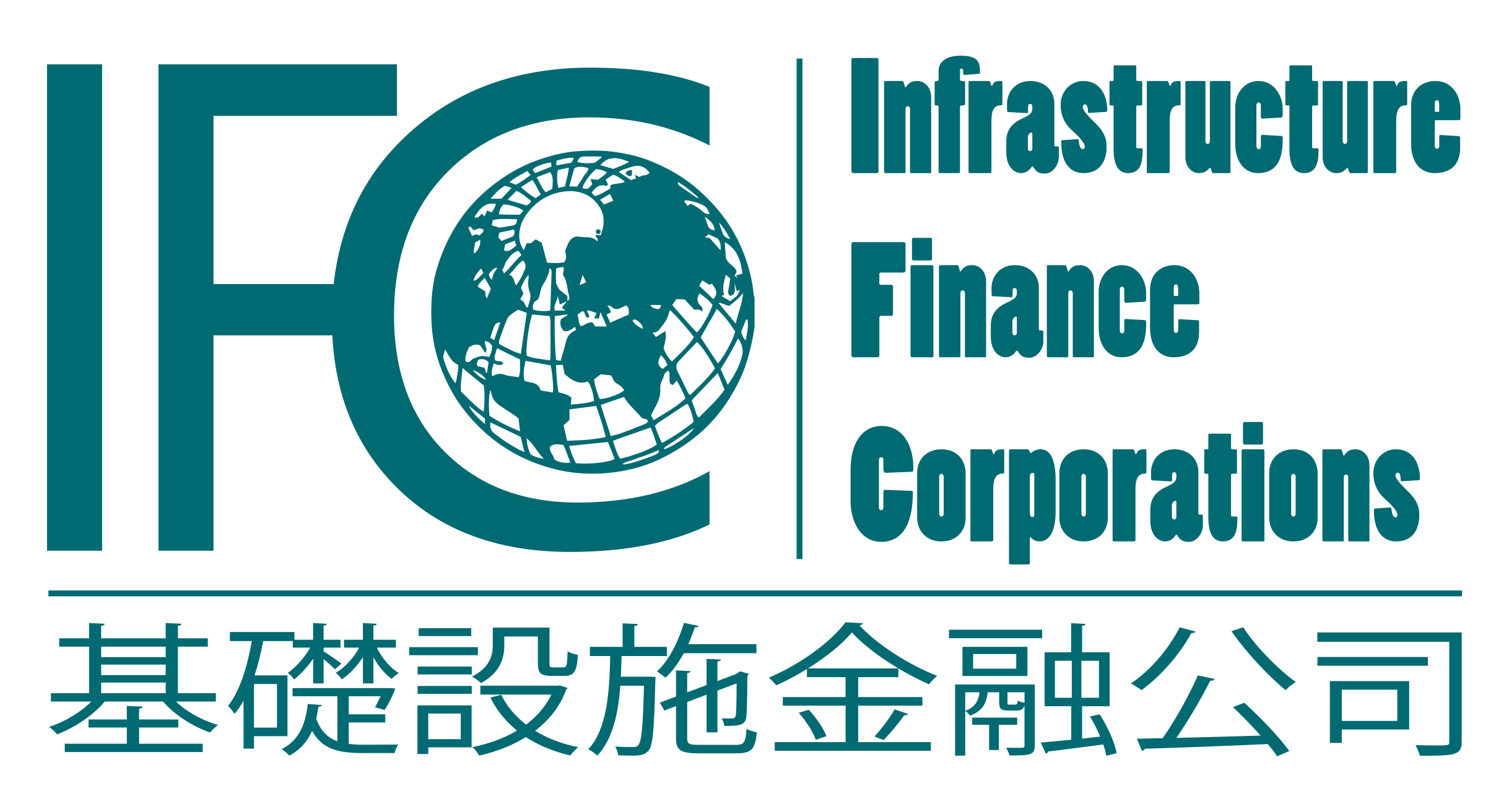

In the realm of infrastructure development, financing plays a pivotal role in bringing ambitious projects to fruition. Among the array of financing mechanisms, Build Operate Transfer (BOT) stands out as a dynamic model that not only funds infrastructure projects but also fosters private sector involvement and innovation. BOT financing represents a symbiotic partnership between public and private entities, leveraging the strengths of both sectors to address the infrastructure needs of communities and nations worldwide.
Understanding the Build Operate Transfer (BOT) Model
BOT financing operates on a simple yet effective premise: private entities design, build, finance, and operate infrastructure projects for a specified period, after which ownership is transferred back to the public sector. This model allows governments to harness private sector expertise and resources to kick-start vital infrastructure projects without bearing the entire financial burden upfront.
Key Components of BOT Financing
Build: Private entities, often through consortia or special purpose vehicles (SPVs), undertake the construction of infrastructure projects, adhering to predefined specifications and timelines. This phase involves meticulous planning, engineering, and execution to ensure the delivery of high-quality assets that meet the needs of stakeholders.
Operate: Upon completion, the private entity assumes responsibility for operating and maintaining the infrastructure asset for a predetermined concession period. This period typically spans several years, during which the entity recoups its investment through user fees, tolls, or other revenue streams.
Transfer: At the conclusion of the concession period, ownership of the infrastructure asset reverts to the public sector, ensuring continuity of service delivery and fostering long-term sustainability. The transfer phase marks the culmination of the BOT arrangement, symbolizing the successful transition of infrastructure assets back into public ownership.
Benefits of BOT Financing
Conclusion
Build Operate Transfer (BOT) financing represents a formidable tool for catalyzing infrastructure development and driving economic growth. By harnessing the complementary strengths of the public and private sectors, BOT projects transform ambitious visions into tangible realities, laying the foundation for thriving communities and prosperous nations. As governments and stakeholders continue to explore innovative financing mechanisms, BOT financing remains a cornerstone of sustainable infrastructure development in the 21st century.
